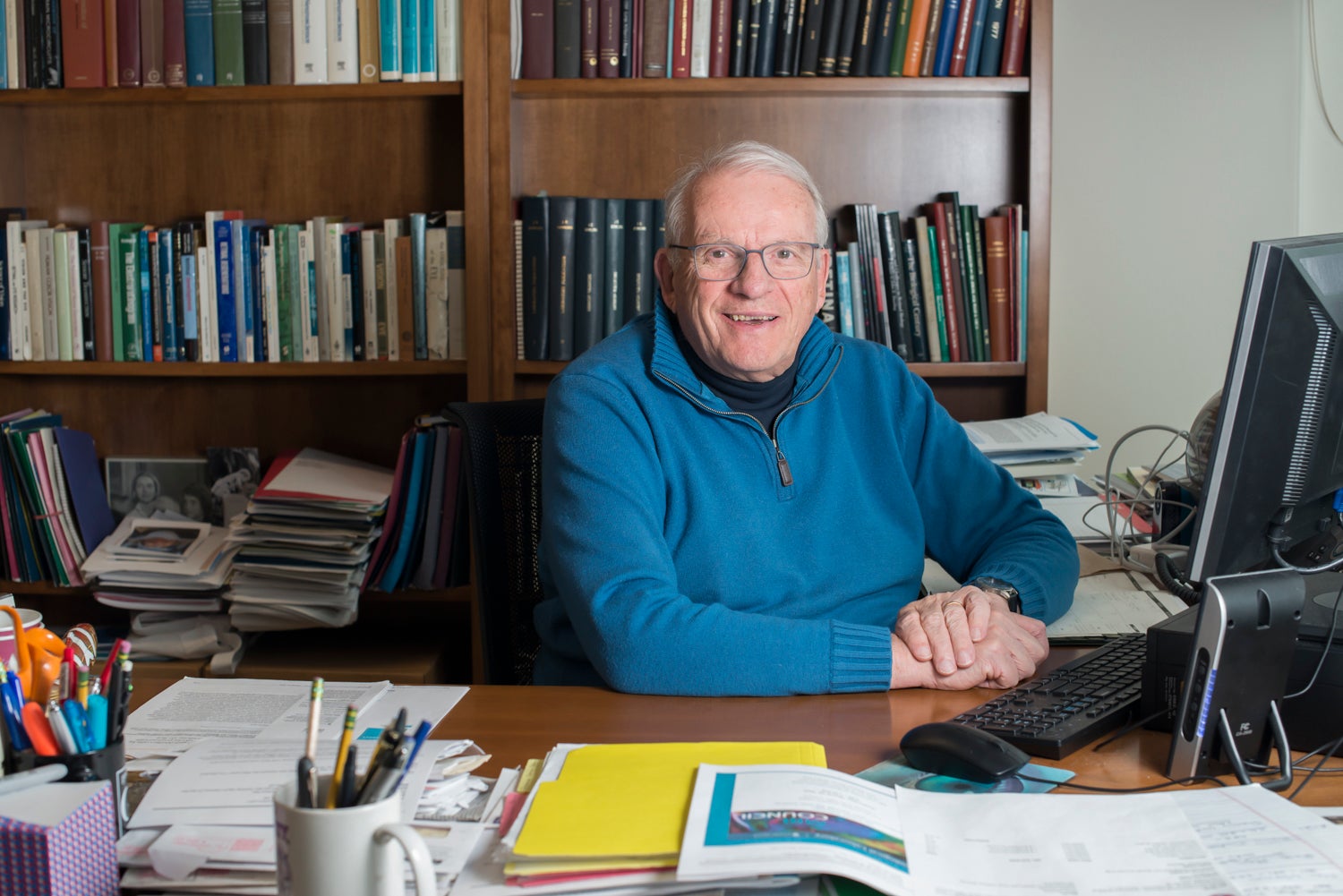
The vertebrate retina is an accessible part of the central nervous system. An understanding of retinal mechanisms provides clues concerning neural mechanisms throughout the brain. Over the years, my group has been concerned with the cells of the retina-their structure, function, pharmacology, genetics, and synaptic interactions as well as their functional organization.
I am now a Research Professor and have closed my laboratory. However, I am presently working with Professor Jeff Lichtman and his colleagues, along with two collaborators at the University of Washington in Seattle, to reconstruct the fovea of the human retina.
The fovea, a small indented retinal area on the visual axis of the eye, is responsible for all of our high acuity vision. Indeed, reading, recognizing faces, driving and watching television all depend on good foveal vision. If the fovea is damaged, as happens in Age-Related Macular Degeneration, a person loses these abilities, and is termed legally blind. Age-Related Macular Degeneration is currently the most common cause of legal-blindness in the western world.
Using connectomic methods developed in the Lichtman laboratory, and human tissue obtained by our Seattle colleagues, we are cutting thousands of sections (4000 so far). We have imagined 1500 of them, resulting in the generation of 30,000 images that are being analyzed and reconstructed.
